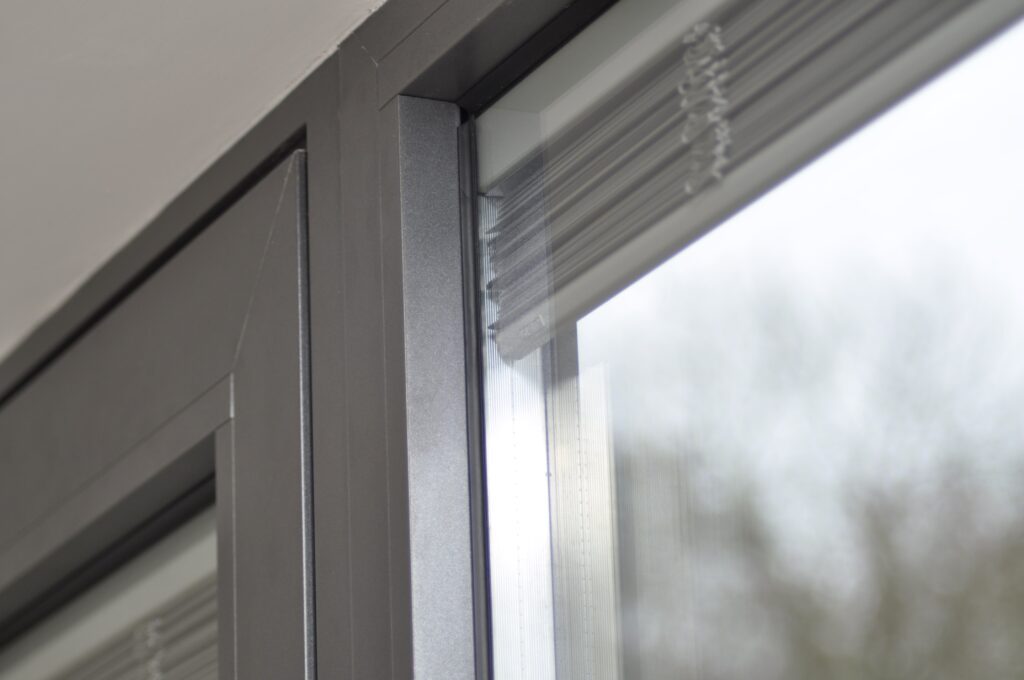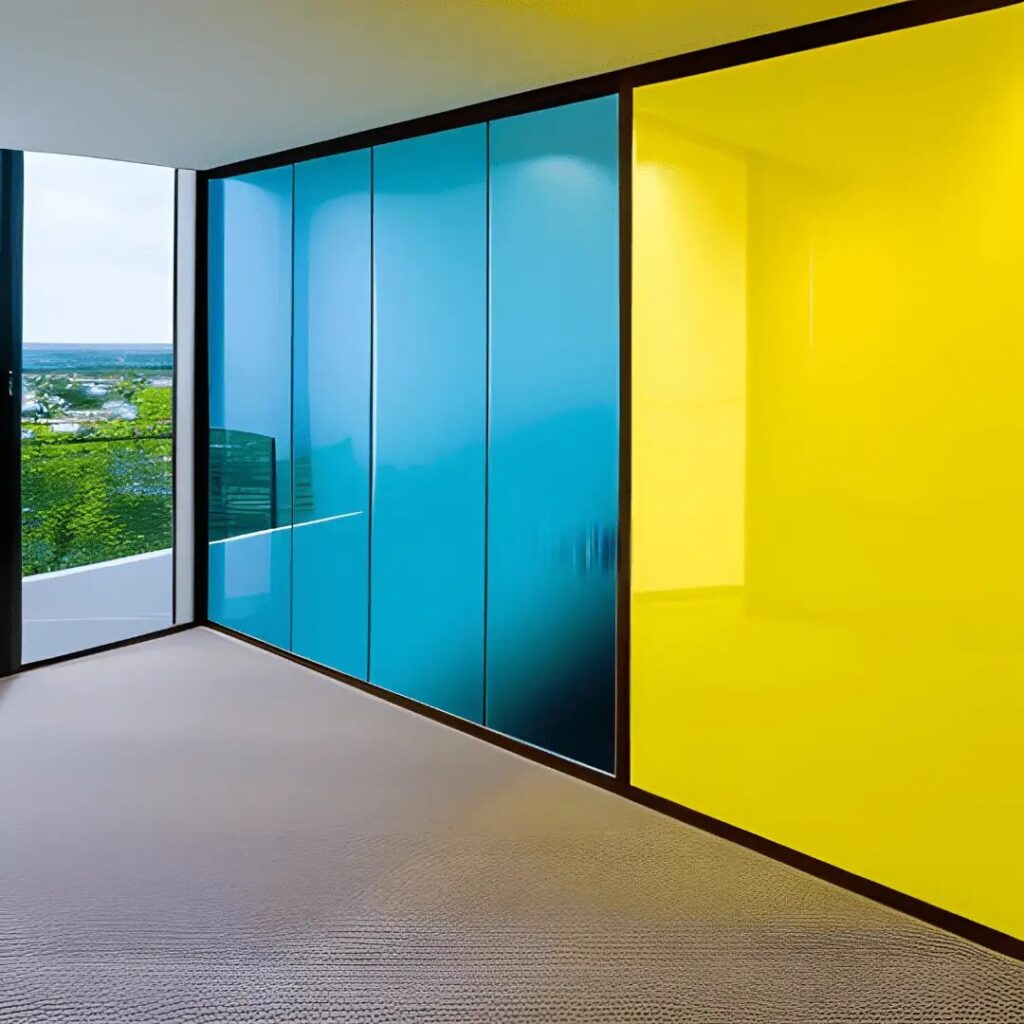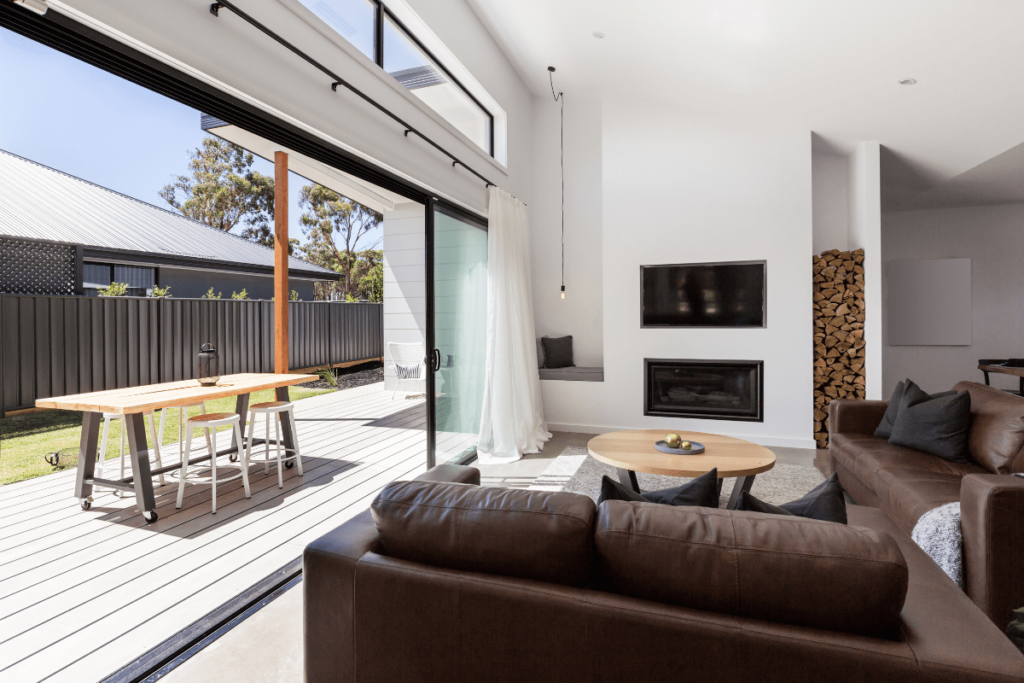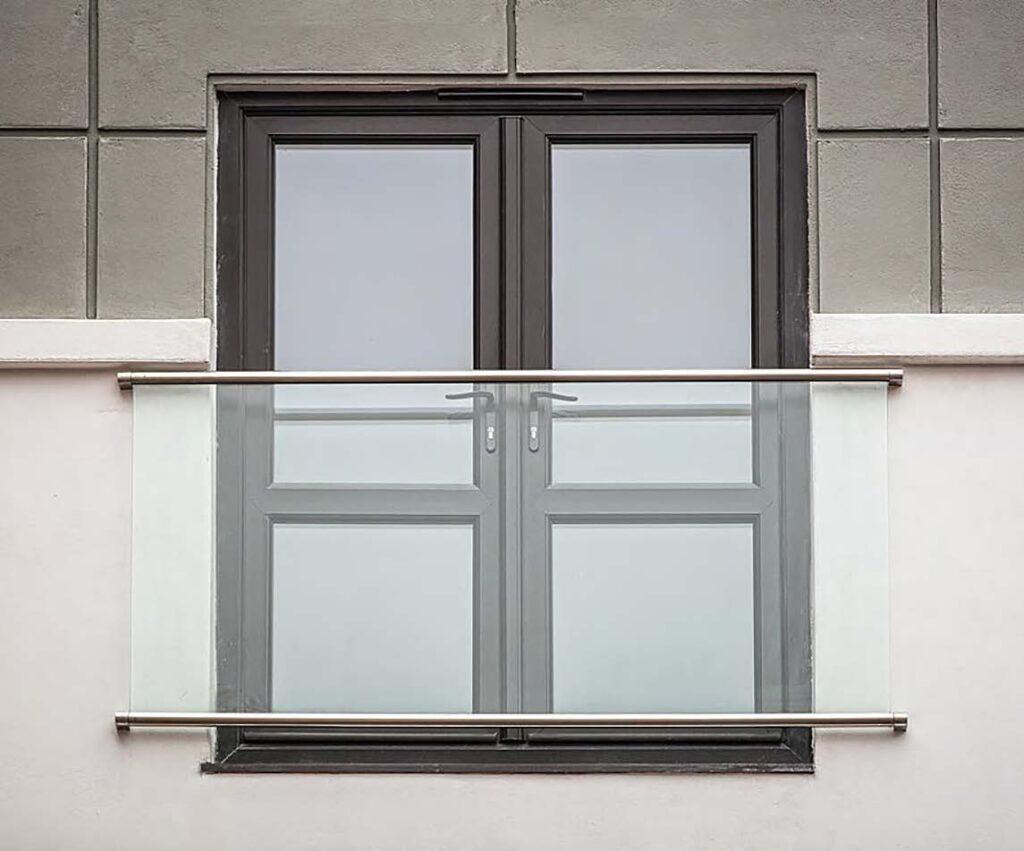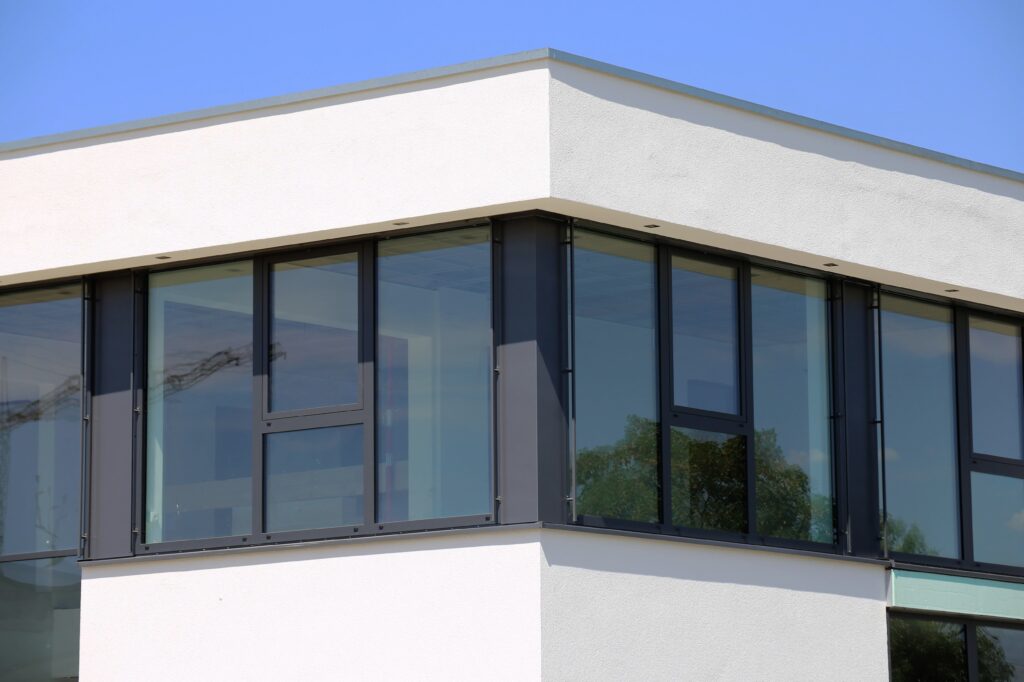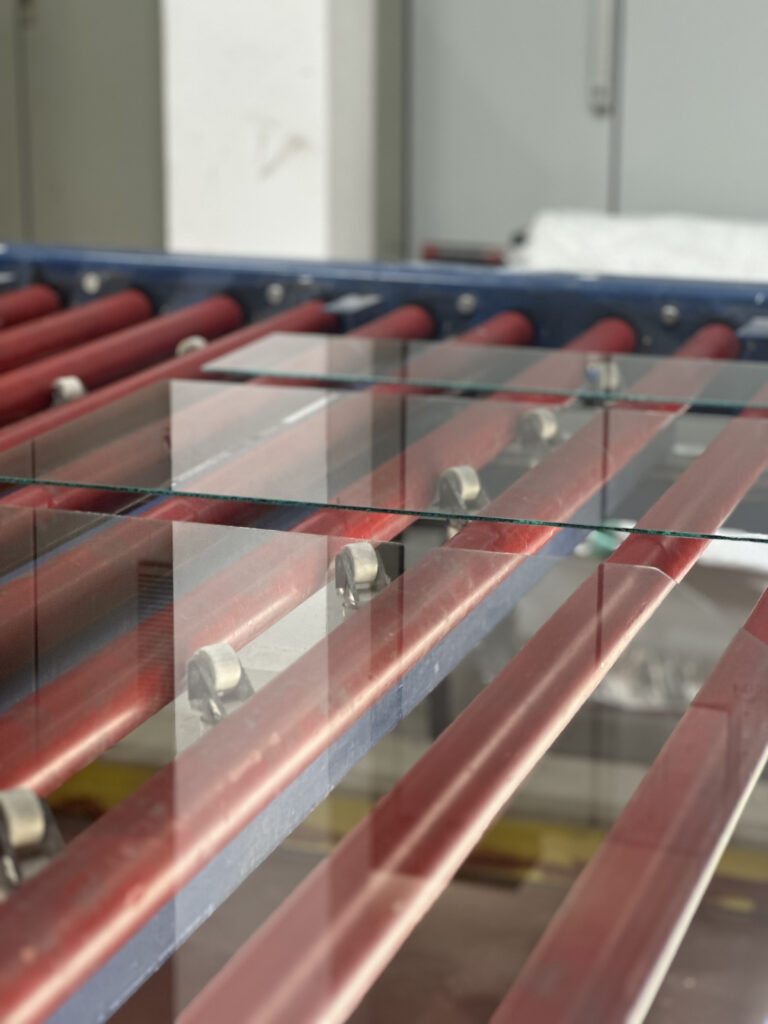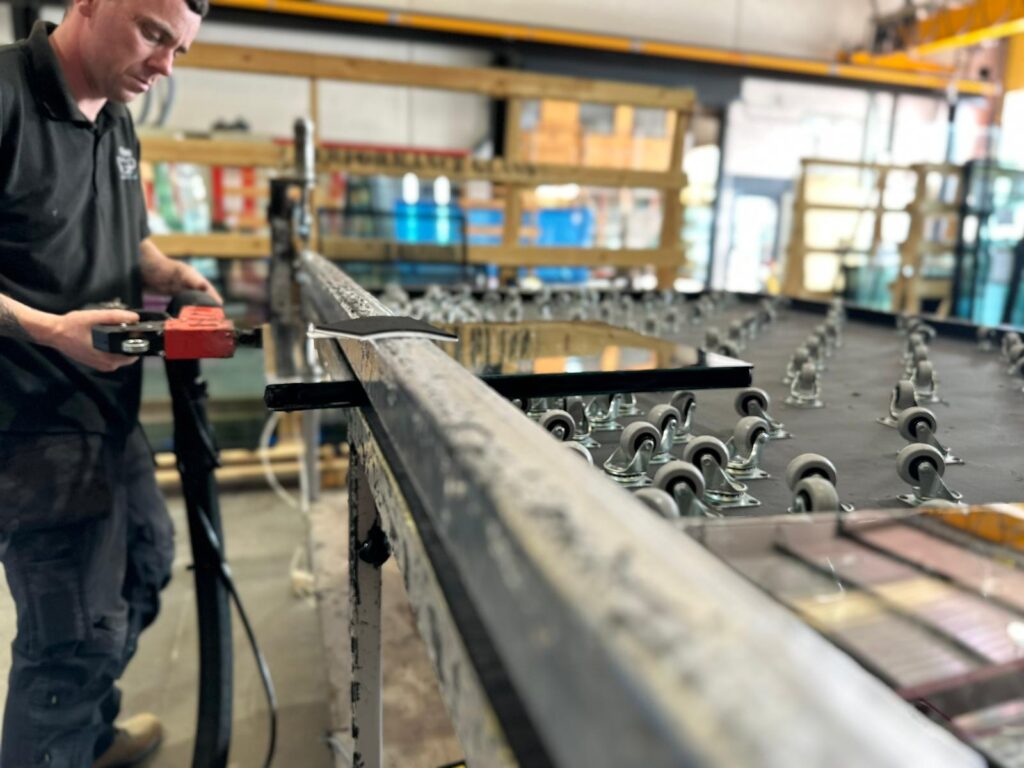How to Get Paint Off Glass
How To Get Paint Off Glass Glass surfaces like windows, mirrors, and doors can easily end up with unwanted paint splatters during home improvement projects. Whether you’re dealing with dried latex paint or stubborn oil-based coatings, removing paint from glass requires the right techniques and tools. This blog post will walk you through multiple proven methods to restore your glass to a crystal-clear finish. We’ll cover everything from preventative measures to step-by-step removal processes for different paint types and glass textures, emphasising the importance of removing all the paint to achieve a clean finish. Why Does Paint Stick to Glass? Before diving into removal methods, it’s helpful to understand why paint sticks to glass in the first place. Glass is a non-porous surface, which means paint doesn’t actually penetrate it. Instead, paint forms a mechanical bond by clinging to tiny imperfections in the glass. Factors like the paint type, glass texture, and environmental conditions can affect how strongly paint adheres. Latex paints tend to form a weaker bond and are generally easier to remove from smooth glass. Oil-based paints create a stronger adhesion that requires more effort to break. Textured or frosted glass provides more surface area for paint to grip, making removal trickier. Understanding these factors will help you choose the most effective removal method for your specific situation. It’s also why prevention is ideal – stopping paint from bonding to glass in the first place is far easier than removing it later. Protecting Glass During Painting The best way to deal with paint on glass is to prevent it from happening in the first place. While taping off glass surfaces may seem like the obvious solution, it’s not always the most effective approach. Professional painters often skip taping altogether, as it can be time-consuming and still allow paint seepage. Instead, consider these preventative techniques: Taking these precautions can save you significant time and effort in paint removal later on. However, if you do end up with unwanted paint on glass, don’t worry – there are multiple effective ways to address it. Essential Tools to Remove Paint from Glass Having the right tools on hand makes paint removal much easier and more effective. Here are the key items you’ll want to gather: With these supplies ready, you’ll be prepared to tackle a variety of paint removal scenarios on glass surfaces. Nail varnish remover can be particularly effective for removing stubborn paint, but ensure proper ventilation and use safety equipment to avoid damage to surrounding areas. Rubbing alcohol is also a gentle solvent that can remove paint without damaging the underlying material. Removing Wet Paint Removing wet paint from glass is a relatively easier task compared to dealing with dried paint. The key is to act quickly before the paint has a chance to dry. Here are some steps to follow: By acting quickly and using these gentle methods, you can effectively remove wet paint from glass without causing any damage. The Razor Blade Method For smooth glass surfaces with dried latex paint, a razor blade scraper is often the fastest and most effective removal method. This method is particularly useful for removing paint from window frames. Here’s how to use this technique safely: Important safety tips: While highly effective, this method isn’t suitable for textured or frosted glass. It’s also best to avoid on very old or delicate glass that may be prone to scratching. White Vinegar and Nail Polish Remover Solution Another option is white vinegar as this solution can be a surprisingly effective paint remover on glass. The acetic acid in vinegar helps break down paint without harsh chemicals. Here’s how to use it: This method works well for both latex and oil-based paints. It’s especially useful for textured glass where scraping isn’t an option. However, be cautious with very old glass, as the acidity could potentially cause etching over time. Alternative Methods for Removing Paint If traditional methods aren’t working, there are several alternative techniques you can try to remove paint from glass: While these alternative methods may not be as effective as using a razor blade or nail polish remover, they can be useful in certain situations. Always test a small area first to ensure the method you choose won’t damage the glass. Commercial Paint Removers For extremely stubborn paint or large areas, a commercial paint remover designed for use on glass may be necessary. These products contain strong solvents that break down even the toughest paint bonds. Follow these steps: While effective, commercial removers should be a last resort due to their harsh nature. Always follow safety precautions and dispose of used materials properly. Post-Removal Care After successfully removing paint from glass, proper care ensures a crystal-clear finish: Taking these extra steps will leave your glass looking professionally restored and protected against future mishaps. When to Call a Professional Looking for a replacement? When it comes to replacing glass, it’s essential to have the right solution for your needs. At UKO Glass, we have all of your glass needs covered. We offer a wide range of high-quality glass options, from standard double glazing to bespoke oversized units, ensuring the perfect fit for any project. For more information email us today on theteam@ukoglass.co.uk.
How to Get Paint Off Glass Read More »

